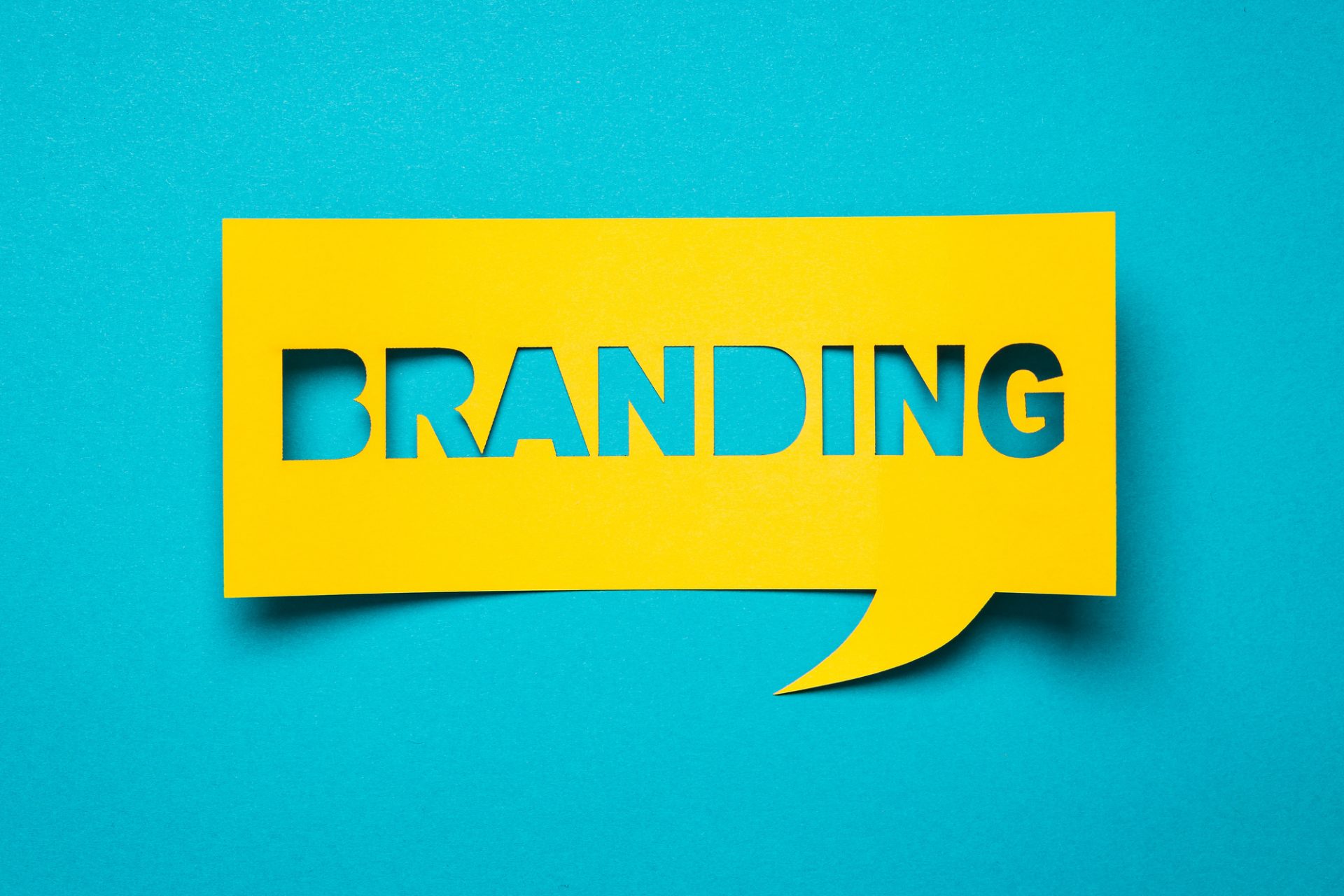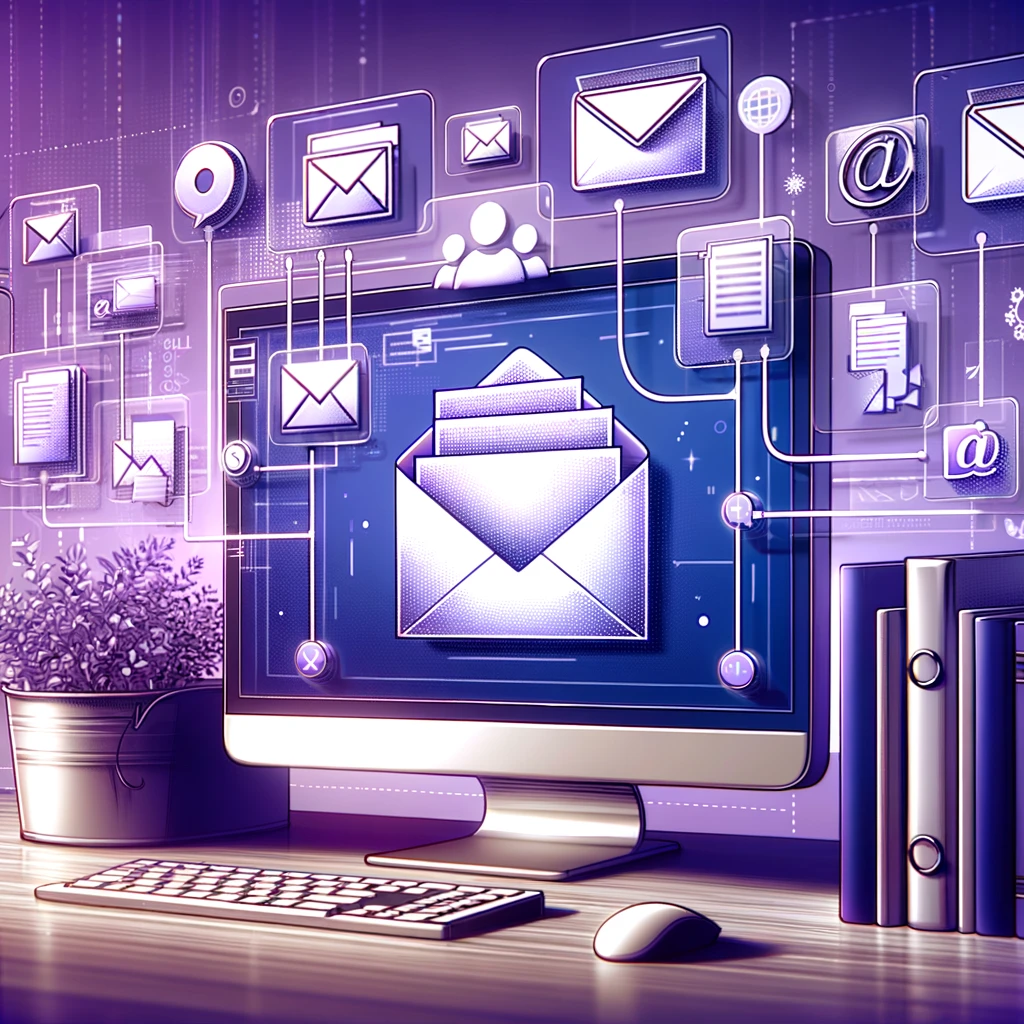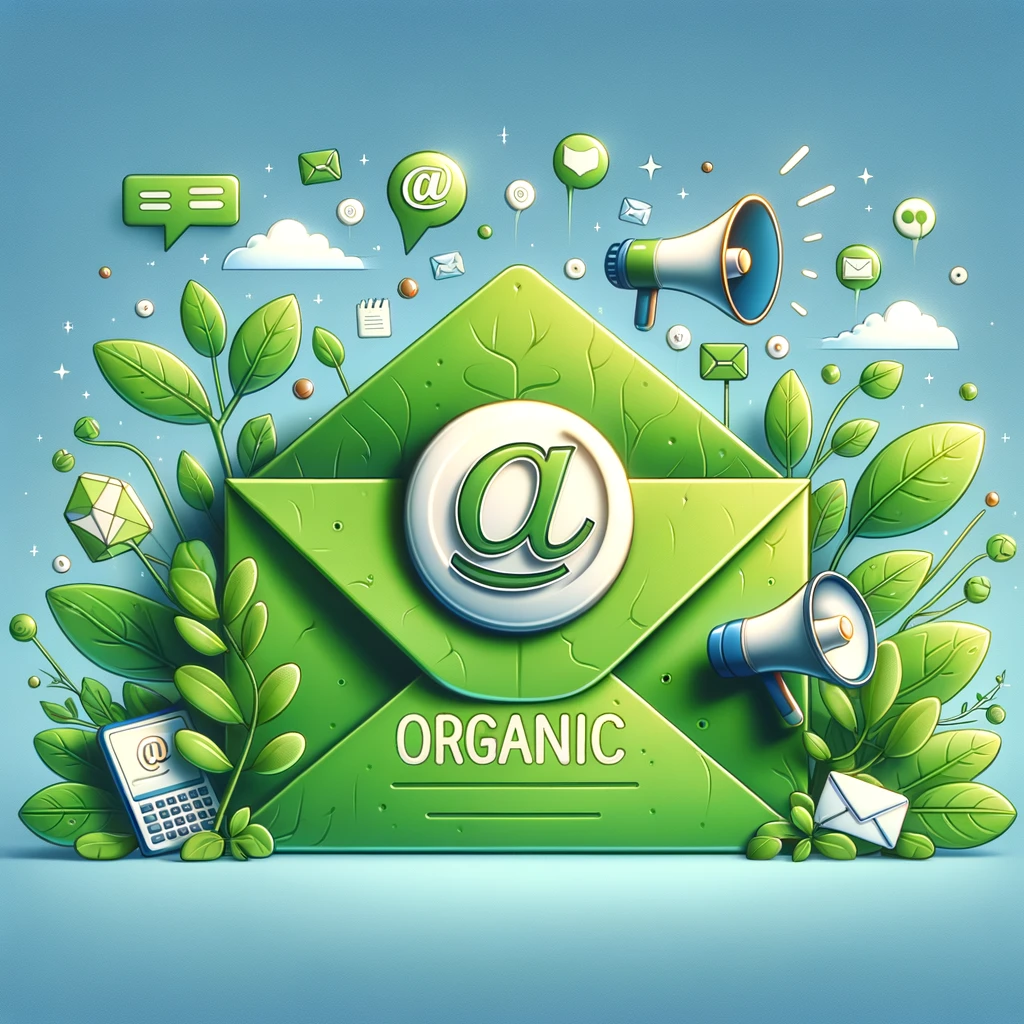
That’s My Brand! Building an Identity With Email Branding
Building long-term relationships with email subscribers build trust. With 81% of consumers needing trust to buy from a brand, your email branding can cultivate this kind of relationship.
How can you integrate brand marketing with email campaigns? Read this guide to discover all you need for branding and email to boost your business.
What Makes Up a Strong Brand Identity?
A strong brand relies on crucial features of brand marketing to communicate consistency, authenticity, and value. Using the right design elements, subscribers will recognize your brand consistently. They will also connect with your company’s values personally and trust your content and offerings more.
These design elements include fonts, colors, links, and a logo. What may seem like small details go quite a long way in creating strong first impressions with consumers. When customers click through to your website from an email, the first 50 milliseconds are a make-or-break moment.
Your email branding relies on these small details for successful redirects and more. If you want to make the most off of every email campaign, you need to pay attention to these details. You’ll see a bump in ROI if you do.
Beyond these important design elements, your brand building needs to communicate consistency, authenticity, and value. You can do this with a strong brand voice, which relies on your email campaigns’ content.
Design Elements for Email Marketing and Brand Building
The important elements of email branding include a company logo, fonts, color scheme, and other visual features. You can communicate consistency most easily using these design elements.
1. Logo
If your company logo needs updating (or doesn’t exist yet), it’s time to do so. The right email service offers templates with brand kit integration. When you create any email, you want a customizable tool to reflect your brand perfectly.
2. Color Scheme
Responsive email campaigns with brand kits simplify your consistency. This same brand kit can also include a branded color scheme. When selecting colors, you want something that resonates with your company and industry.
Consider color psychology and theory‘s impact on your viewers. Feel free to compare your brand to industry competitors to determine what’s already present (and how you can stand out). You can even create custom colors for a truly unique brand identity.
3. Fonts
An often overlooked feature for brand marketing is fonts and typeface. When you think of how much text goes into email marketing, you get a better idea of what fonts do for visual consistency. Consistent fonts show professionalism and attention to detail.
Consumers may (consciously or subconsciously) recognize this attention to detail. It’s a subtle way of building credibility, especially depending on your company’s industry. Custom fonts are helpful for email branding (and can even include accessibility features competitors overlook).
4. Visual Features
Aside from these general design elements, there are other visual features your company can use with brand building. Stock photos are a must for any email marketing effort. Over time, your subscribers may begin to recognize the same images over and over.
One way of showcasing your company’s value and authenticity can be through organic content. Using photos from social media feeds (either from your company or user-generated content) varies content. With the right variation, you can highlight more human or personal aspects of your brand that stock photos can not.
5. Links and Buttons
Another critical feature for email marketing involves links to your site and other platforms. Links should be embeds with calls to action. These CTAs make your content interactive for subscribers.
Interactive marketing for email campaigns is the future of marketing via email. Buttons to social media accounts can help grow their following. Linked products or promos can generate valuable revenue, boosting your ROI exponentially.
Brand Voice and Email Marketing
These design elements are not the only important aspects of your email branding. Strong brand identity also has a strong brand voice. Your company’s values and mission define your brand voice.
If you have an unclear or outdated mission statement, it’s time to update it. For example, a welcome email can function as a get to know your brand campaign. This goal can introduce the company’s mission, values, and vision.
These become valuable selling points to convert new subscribers into long-term, loyal customers. If you heavily rely on email marketing for customer retention, your emails must showcase your company’s face or essence. A welcome email (or any email) functions as virtual correspondence or your business’s digital calling card.
When consumers trust a brand, they stay loyal to the brand. This means your email campaigns can communicate authentic values to niches within your current following. You can souse out these niches with A/B testing and test kits.
Varying your email content (while staying on-brand) expands your brand voice. The “louder” your voice, the more recognizable and trustworthy your brand appears. The more this increases, the more engaged customers are the more ROI increases.
Build Up Your Email Branding With Vertical Response
Your brand identity deserves the best tools and services to shine. Your business deserves your email subscribers’ trust. And your customers deserve a long-term relationship with a credible business like yours.
The best way to benefit from your email branding means using the right tools. Vertical Response has a wide array of features for your email needs. You can test your content to share the most effective copy or use our built-in test kit to generate the most effective campaigns.
To start boosting your brand today with standout, authentic email, try a free trial with us. You’ll soon see a boost to user experience and subscriber lists as people recognize and trust your brand more and more.
© 2020, Chris Duncan. All rights reserved.



